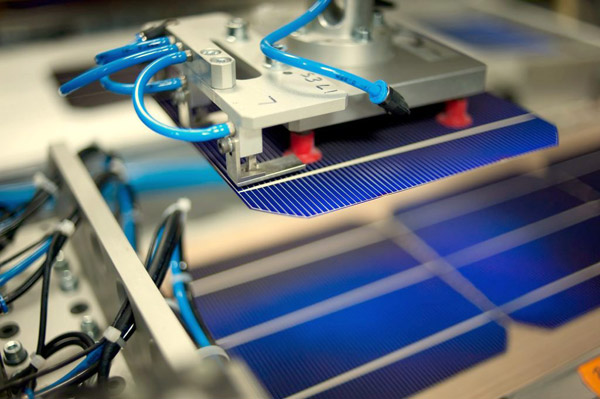Call +1(917) 993 7467 or connect with one of our experts to get full access to the most comprehensive and verified construction projects happening in your area. 

Last Updated on 08
Blog 11th Jul 2018
Blog 04th Jul 2019
Subscribe now and stay a head of the curve with our curated newsletter!

We value your privacy. We do not share or sell your email address with anyone else.
We're thrilled to have you as a subscriber to our newsletter.

We value your privacy. We do not share or sell your email address with anyone else.
Don't miss out on the latest key industry and project news, as well as our expertly curated selection of insightful blogs.
Sign up now to have them delivered straight to your inbox - forever!
We're thrilled to have you as a subscriber
to our newsletter.

We value your privacy. We do not share or sell your email address with anyone else.
Don't miss out on the latest key industry and project news, as well as our expertly curated selection of insightful blogs.
Sign up now to have them delivered straight to your inbox - forever!
We're thrilled to have you as a subscriber
to our newsletter.

We value your privacy. We do not share or sell your email address with anyone else.